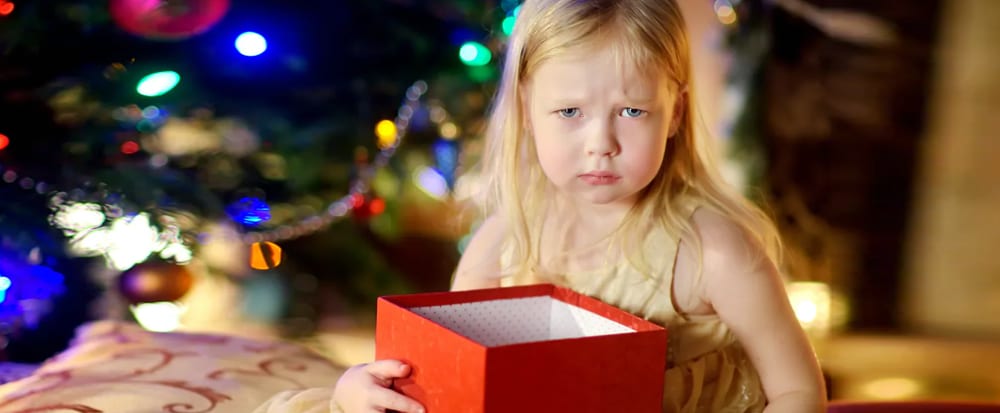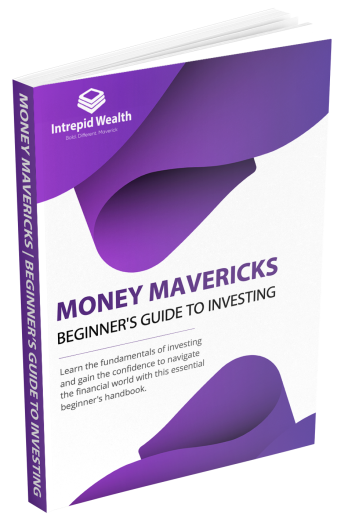When you receive money or a gift from a family member’s or friend’s estate, the last thing you probably think about is tax and insurance. However, you can circumvent future difficulties or financial loss if you attend to a few practical financial issues as soon as possible.
Let’s Start with CGT
Determining your capital gains tax (CGT) liability when bequeathed assets are eventually disposed of can be a real headache. To avoid potential problems always determine and document whether the assets were acquired by the deceased before or after 20 September 1985.
It is a good idea to obtain an accurate valuation as at the date of death if retained assets were acquired before 20 September 1985, because any future CGT liability will be determined by the increase in value from that date (known as the ‘cost base’).
Also it is important to know how the gifted assets are classified for CGT purposes. Generally these assets will be divided between collectables, personal use assets and other assets. Some special, but limited, CGT exemptions can apply to ‘collectibles’ and ‘personal use’ assets. These exemptions are also based on their ‘cost base’.
Collectibles vs Personal Use Assets
Valuations are particularly important for any assets or objects categorised as ‘collectibles’. If the market value of a collectible (including antiques) at the date of death was less than $500 then any capital gain will be disregarded. A similar, but much higher exemption applies to ‘personal use assets’ of up to $10,000.
‘Collectables’ are defined as artwork, jewellery, antiques, coins or medallions, rare folios, manuscripts or books, postage stamps or first day covers that are used or kept for personal use or enjoyment.
‘Personal use assets’ are non-collectible assets, other than land or buildings, used or kept for the personal use or enjoyment of the deceased. An item of personal furniture would normally fall into this category, unless it is determined to be ‘antique’, for tax purposes. In this latter case it will fall into the ‘collectible’ category.
When an Antique is Not an Antique
Unfortunately the word ‘antique’ for the purposes of determining if they should be treated as ‘collectibles’ or simple ‘personal use assets’ is not clearly defined in the Income Tax Acts. However, a tax ruling (TD 1999/40) has been issued to clarify this point. To quote from the tax ruling: ‘An ‘antique’ for the purposes of the Income Tax Assessment Act is to be determined according to ordinary concepts and usages. It is generally recognised that an antique is an object of artistic or historical significance that is of an age exceeding 100 years’.
The point at which an asset is deemed to be an antique for CGT purposes relates to when it is disposed of, not when it is acquired. For example, this means that if Tom retained a fine piece of furniture that was 96 years old when acquired, it would not be deemed to be an antique at that time (it would merely be a personal use asset). But if he sold the very same piece five years later (when it was 101 years old) it would be deemed to be an ‘antique’, and as such it would be categorised as a ‘collectible’ asset for CGT purposes.
This business about ‘antiques’ might all seem a bit complicated. However, the key point is that it may be very useful to ascertain the relative age of any old and valuable furniture. You can see that this can have a significant impact on the tax position. As a practical proposition it is often much easier to gather such information (perhaps from the deceased’s records) soon after death, rather than try to determine the age of an antique many years later when you are planning to sell the item.
Generally, it is not necessary to obtain a valuation for tax purposes, if the deceased acquired an asset on or after 20 September 1985. This is because the ‘cost base’ for the beneficiary will be the same as that of the deceased’s. Similarly the beneficiary is taken to have acquired an item as a collectible or personal use asset. To explain, let’s take our example further. Say Uncle Reg had acquired a rare old book (a collectible) for $2,000 in 1997. Tom, as his beneficiary, would have been gifted a collectible. In future he would use this $2,000 to determine how much gain, and hence how much CGT that will apply, if and when he sold the book.
You can appreciate that while a valuation at the date of death may not be required, it is still necessary to find out what the ‘inherited’ cost base is for future reference. Again that tends to be easier to do sooner rather than later.







